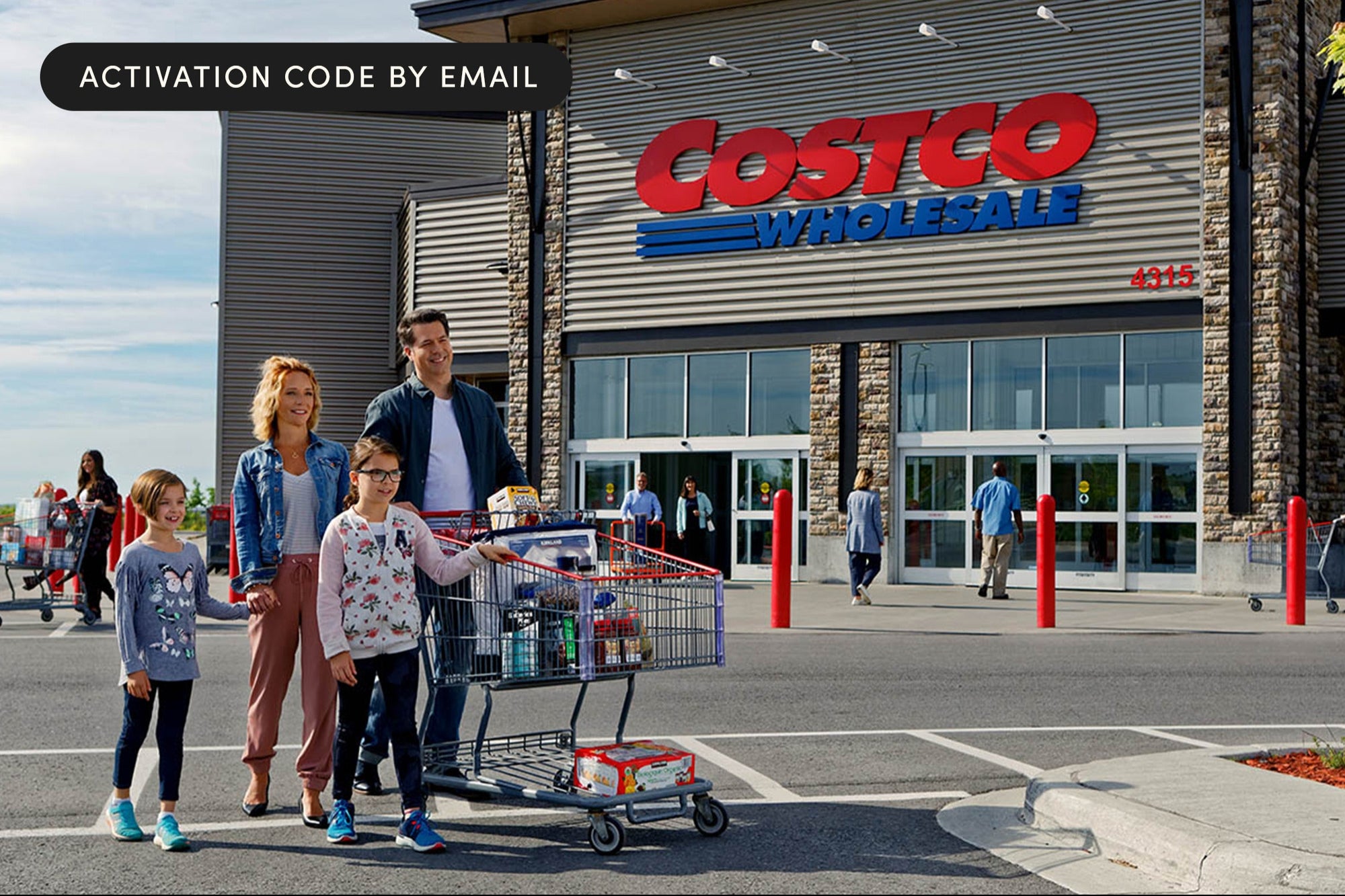5 Web Design Tips You Can't Ignore in 2022 Great website design starts with the fundamentals. Here's how you can turn your website from boring and unhelpful to dynamic and valuable.
By Adam Petrilli Edited by Kara McIntyre
Opinions expressed by Entrepreneur contributors are their own.
Whichever type of business you run, having a clean, user-friendly website is critical. Your business site not only serves as the digital home base for your business and product line, but also anchors your entire digital marketing approach, giving a central hub to point toward and connect customers with your brand and business. Delivering a poor website experience can hinder those efforts and sever those connections before they even start.
Here are five web design tips for turning your site into an online customer conversion dynamo in 2022.
1. Build your site for first impressions
When it comes to helpful web design tips, first impressions still make the top of the list. That's because what users interact with immediately after loading your site lays the groundwork for the entire experience. And if your web design isn't delivering the goods in those crucial opening seconds, you're not only losing new visitors, but opportunities to create a powerful and positive brand memory that generates interest and sales down the road.
The truth is there are many factors that impact those critical first impressions, and working with web designers that appreciate those factors is key to creating an appealing professional website. Visual elements like structure, colors and spacing often play a significant role in website design appeal. At the same time, seemingly mundane features like text layout and even the fonts you use have a very real effect on-site experience and engagement.
Having a web designer with an eye for these details and their proper place in the visual hierarchy not only results in a more visually stunning website, but it can also help turn more chance visits into extended stays, providing users the eye-catching web pages and experience they need to stick around and buy from your business.
To build a successful website that pops from the get-go, it's important to focus on:
- Simplicity. Users tend to prefer simple, straightforward web designs over the complex. The easier it is to absorb and engage with the visual elements on your web pages, the better.
- Familiarity. From stock photos and headers to logos and CTAs, all visual elements on your site should meet visitor expectations and provide visual cues as to what you do and offer. Including unfamiliar images and elements often only leads to confusion, and, ultimately, a negative brand impression.
- Accuracy. Whether it's a seasoned pro or a team of newbie web designers tackling your project, populating your site with brand-accurate visual elements is web design 101. All features should be consistent and accurately reflect your brand throughout your site.
Related: 6 Free Tools That Help Optimize Your Website
2. Optimize each page for mobile users
You can't create a web design tips list these days without putting mobile optimization near the top. Why? Because mobile matters in 2022. So much so, in fact, that nearly 80% of people say they're more likely to return to your site or share it with others if it's mobile-friendly. If your web designer isn't focused on building a good and responsive website for mobile, your business is missing an easy opportunity to generate repeat visits and spread the word about your brand.
More consumers are using mobile devices to search and research businesses on the web. If your web pages aren't loading correctly, or your own web design isn't making that mobile experience seamless, potential customers are likely jumping ship fast, abandoning your site and your company for others in your space. Over time, those mobile issues begin to add up, creating a growing problem for your brand, reputation, and bottom line while making it exponentially harder to attract new business.
That said, prioritizing mobile navigability and layout in your web design approach is extremely important. From the start, it's essential to view each visual element, logo, block of text, social media icons, and call to action buttons through the lens of mobile, ensuring each feature and every aspect of your design process is mobile-friendly and designed to deliver a next-level experience.
This can mean anything from including only essential visual cues (logos, menu, CTAs, buttons) throughout your mobile site to focusing on eye-catching fonts, making your text and service pages more scannable, and resizing page elements for easier user interaction.
3. Maximize your load times
A slow website can quickly become your worst enemy, often making it impossible to keep prospects on board and nudge them closer to the point of purchase. Like it or not, today's savvy, seasoned site visitors expect websites to load fast, and if your homepage or blogs aren't popping up quickly, they're likely going elsewhere to find what they need.
In other words, a website's loading time is an important, if not essential, part of any practical and responsive design effort. It has an indelible impact on the visitor experience and, ultimately, your ability to convert. Understanding how fast your pages load and how to optimize those loading times isn't just one of those website design tips you can gloss over or ignore. It's a critical part of the web designer's job, and should always be a top priority when building a site design that shines.
Fortunately, web designers have numerous methods at their disposal for getting your website up to speed. Some of the easiest ways your web designer can speed up load times and outpace your competitor's site include:
- Resizing images. Photos and graphics tend to take up a lot of space, something that dramatically impacts page loading times. Taking steps to compress and optimize images can help reduce those file sizes while shaving precious milliseconds off the page load experience.
- Managing site plugins. Plugins, particularly on WordPress sites, can often go a long way toward improving overall site speed. Yet, loading your site up with too many can really drag down performance. Clearing out the bulk and keeping only those you need can help ramp up site speed in a hurry.
- Monitoring speed regularly. Careful, ongoing monitoring throughout and beyond the design process is critical. Doing so allows you to identify issues quickly and take steps to resolve problems before they snowball into crises.
Related: 7 Simple Ways to Make Your Website Faster and More Responsive
4. Focus on the personalized user experience
Creating a web design that attracts the largest possible audience is, well, important. But it's the ability to deliver personalized shopping experiences that really sets good web design apart. Incorporating shopper personalization techniques into and across your own site design is how you go beyond the standard digital marketing approach to make a genuine connection, providing users the tailored, relevant content and experience that bolsters sentiment and compels action.
Working shopper personalization into your web design strategy might seem daunting at first, particularly with so many other design tips out there and so many elements to worry about across the visual hierarchy.
Luckily, there are a few relatively simple ways to consider and fit personalization into your web design approach, from baking tailored, behavior-based product recommendations into your design infrastructure to working in dynamic, hyper-relevant CTAs into each new site visit. Providing tailored photos and interactive features that appeal to specific targets can also be an excellent way to optimize your design for personalization.
With companies like Amazon and other popular e-commerce websites now outfitted for hyper-personalization, many shoppers now expect and demand a tailored experience during each new visit. That makes personalization an integral part of any web design effort.
Related: 5 Ways to Provide a Positive Customer Experience in Ecommerce
5. Don't forget the SEO
Designing a beautiful, user-friendly website that delivers an exceptional visitor experience is great. Unless, of course, your customers aren't able to find it.
Online visibility is key not only to making your website easy to find but also to getting that site in front of customers when they need it most. By making SEO a central part of your web design strategy, you can help provide the push it needs to shine in search engines and generate the user engagement rates that keep it at the top.
Understandably, there's often a disconnect between the work of web design and the world of SEO, with many a web designer consigning SEO to the realm of digital marketing and content generation, and vice versa. Yet, there are many things designers can do to provide a powerful visibility lift right from the start.
Utilizing basic SEO principles in, say, headline creation, image captioning, subhead creation and even URL design can often add up, strengthening the site's ranking signals and search potential immediately after launch. Knowing how to break up text and where to work interactive elements within content and page structure can also be an easy but effective way to optimize search readiness right from the start.
Regardless if you're working with experienced, skilled designers or first-time site builders, overlooking SEO in your web design process is done at your own risk.











